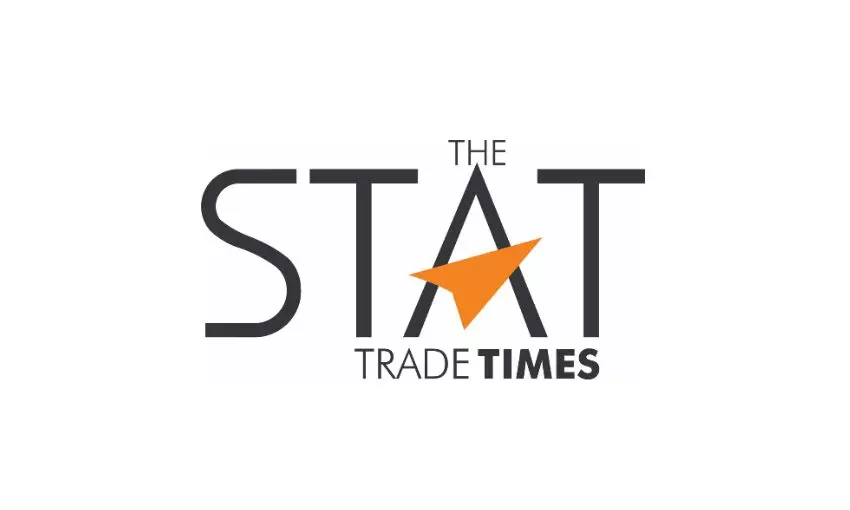
Descartes unveils AI tool to slash false positives in trade compliance
The solution speeds up compliance checks, easing workloads while ensuring accuracy in global denied party screening.

Descartes Systems Group has introduced Descartes Visual Compliance AI Assist, an artificial intelligence-powered tool designed to help trade compliance teams worldwide reduce false positives in denied party screening. These false positive alerts that appear to match restricted, sanctioned or denied parties but turn out to be harmless, often cause wasted time, unnecessary reviews and delayed shipments.
Brian Hodgson, General Manager for Trade Compliance at Descartes, said the solution significantly lowers the number of irrelevant matches while maintaining safeguards against actual compliance risks. For some customers, the mix of AI automation and human oversight has cut false positives to fractions of a percent, even with high screening volumes. This, Hodgson noted, greatly boosts productivity for compliance teams often burdened by excessive alerts.
The cloud-based Descartes Visual Compliance platform supports export, financial and trade compliance by providing extensive watch list and regulatory content from the United States, European Union, Asia-Pacific and EMEA regions. It serves industries including aerospace, finance, retail, manufacturing, education, transport and defence, helping them manage complex trade rules, reduce business risks and streamline compliance workflows.
Ken Wood, Executive Vice President of Product Management at Descartes, said that with global trade regulations increasing and information flows growing, effective screening without overloading compliance staff is essential. AI Assist addresses this challenge by accelerating review processes through intelligent filtering, adaptable settings and human-focused quality assurance, enhancing compliance while cutting labour demands.
The AI Assist features include advanced AI-driven compliance support that uses statistical analysis and machine learning to identify and filter low-risk results, configurable risk levels to meet specific regional or organisational needs, and built-in audit and reporting functions to ensure transparency and readiness for internal or external reviews.

